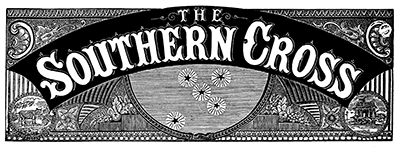A protest occurred at the multi-level Te Papa exhibit displaying the Treaty of Waitangi in English. A protester descended the exhibit’s facade, part of Te Papa’s permanent Signs of a Nation exhibition, and used spray paint and an angle grinder to obscure the English text of the Treaty. Simultaneously, other members of the protest group, Te Waka Hourua, displayed banners reading “tell the truth” and “kōrero pono mai” in the museum’s lobby. In contrast, another member used a megaphone to articulate their cause.
“Although the English version of the document has its significance in our country’s history, it does not serve as a translation of Te Tiriti o Waitangi and lacks legal validity.
Te Tiriti, written in te reo Māori, remains the sole authentic and legally enforceable agreement.
Misunderstandings surrounding Te Tiriti have led to a populace unaware of the commitments made to the Māori, fostering fear and discord.
Hence, it is crucial that our national museum offers clear information and presents an accurate translation for all New Zealanders to comprehend and appreciate.”
The Treaty exists in two forms: one in Māori and the other in English.
As per the NZ History website, the English version of the document, known as the Treaty, records Māori leaders ceding ‘all the rights and powers of sovereignty’ over their land to the Queen.
On the other hand, the Māori text, referred to as Te Tiriti, documents Māori leaders granting the Queen ‘te kawanatanga katoa’, or total governance over their land.
The Waitangi Tribunal asserts that Māori signed the Māori version, not the English one. It further states that “a majority of people today hold the belief that most Māori would not have endorsed the Treaty if the Māori version had substituted ‘rangatiratanga’ for ‘sovereignty’.”
Te Papa clarified that the exhibition does not house the original Treaty document, which is preserved at the National Library.
Kate Camp, a spokesperson for Te Papa, affirmed that the display elucidates the discrepancies between the two versions of the Treaty. She stated, “This display presents both the English and te reo Māori versions of the Treaty. Information panels underscore the differences and the conflicts stemming from the translations. A modern English translation by Sir Hugh Kawharu is positioned centrally, enabling English speakers to comprehend the discrepancies between the English translation by Busby and the original te reo version.”

